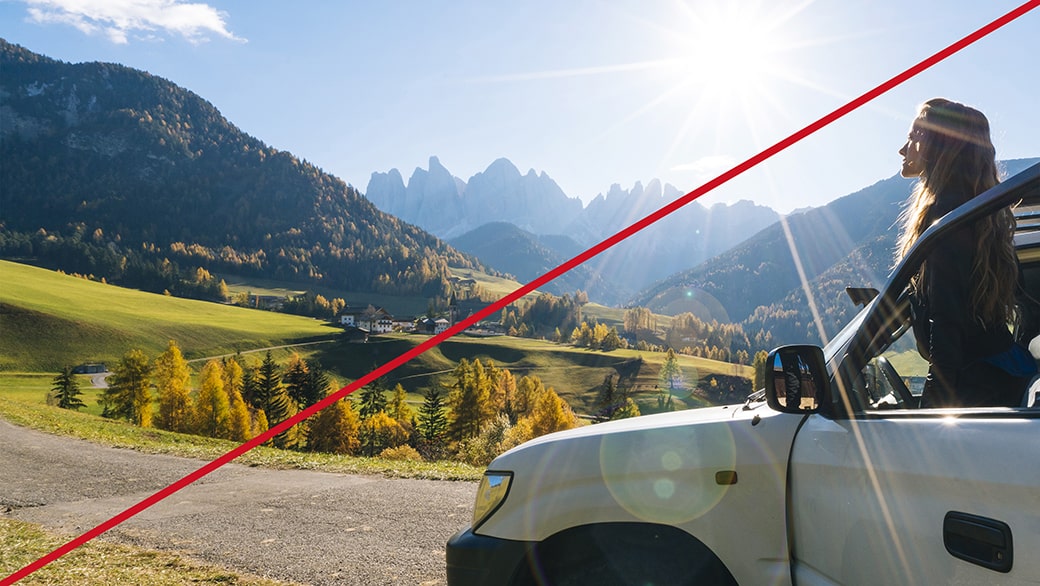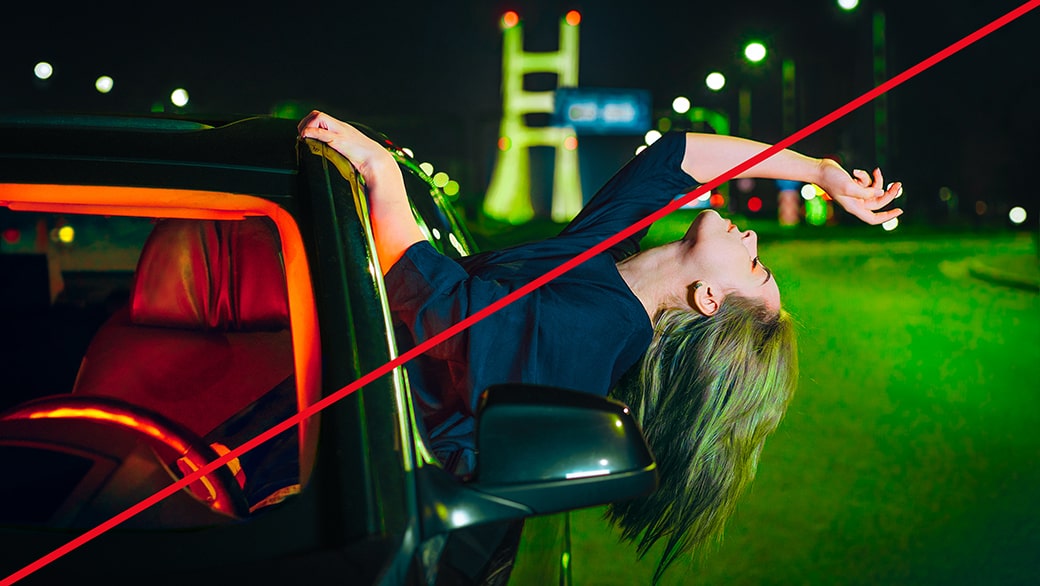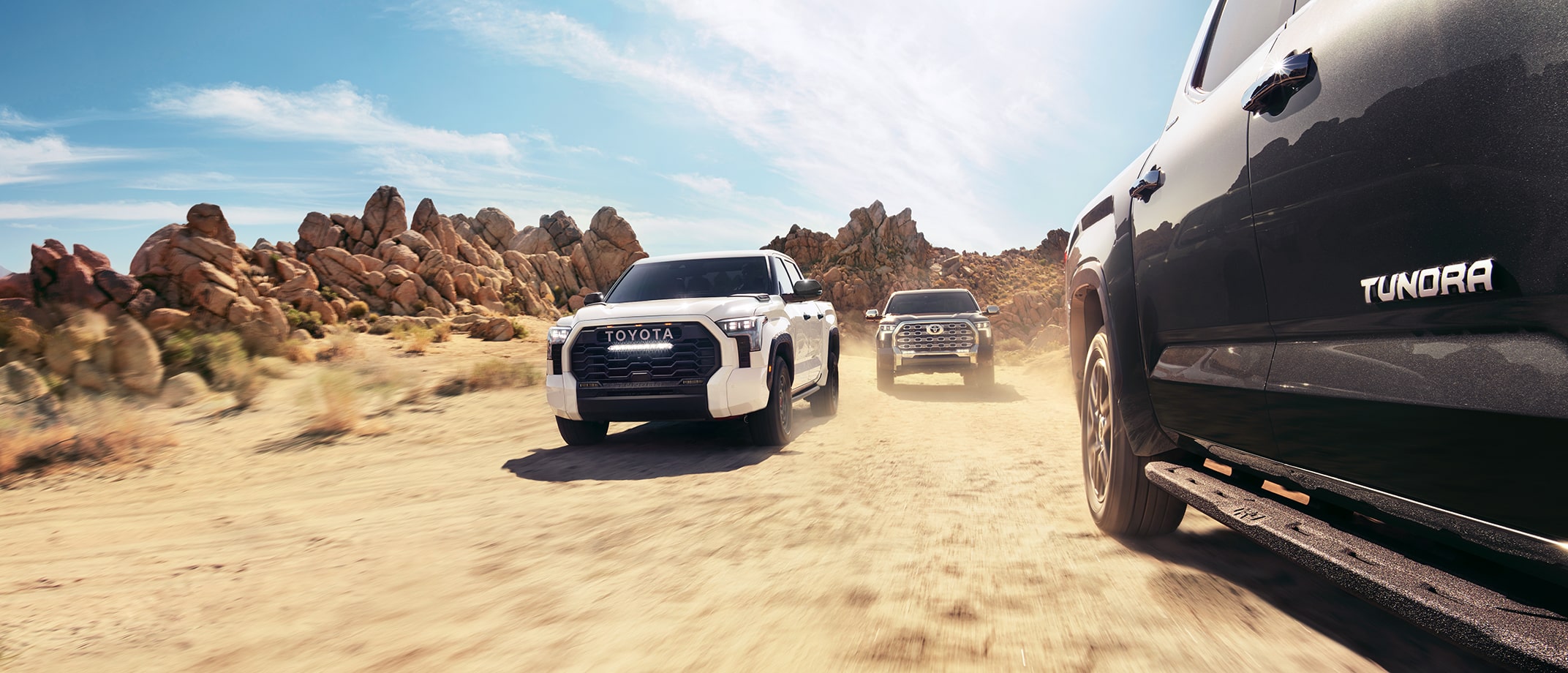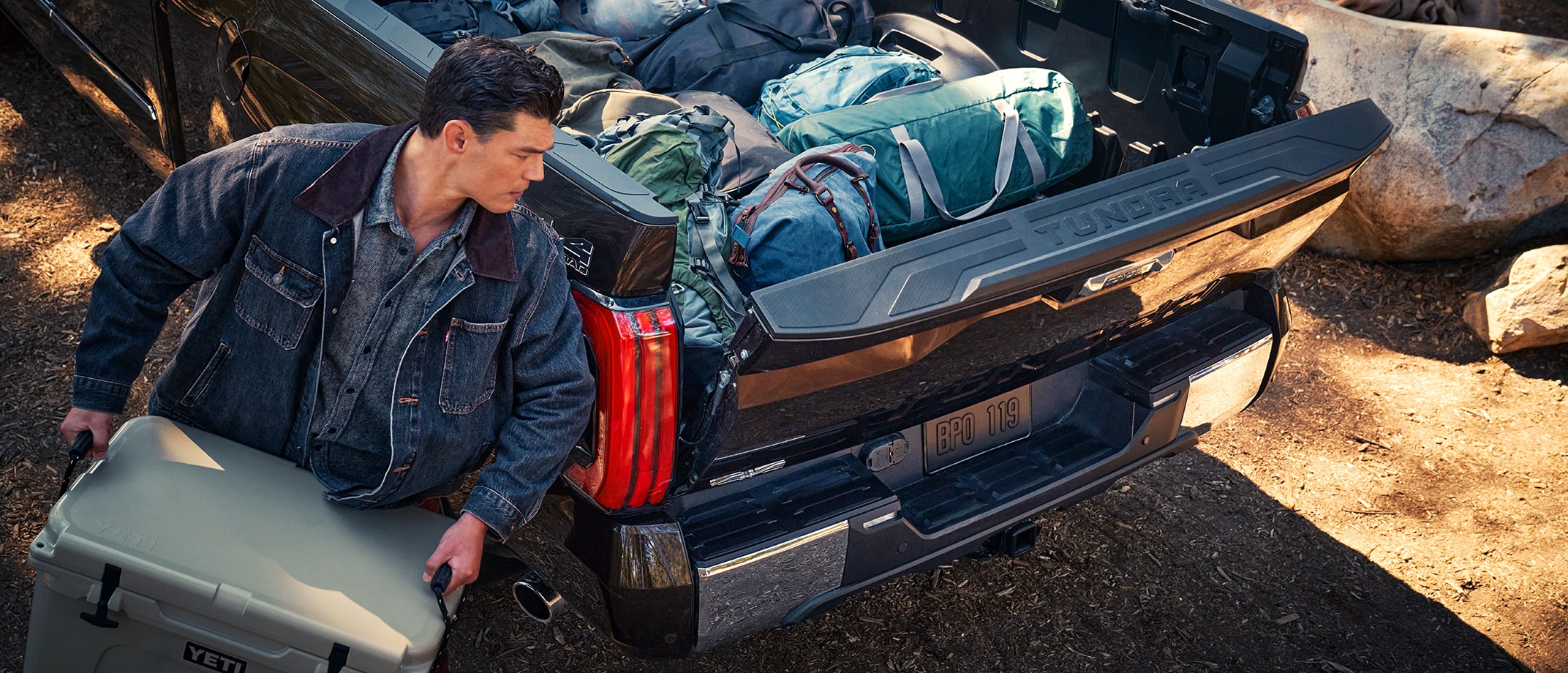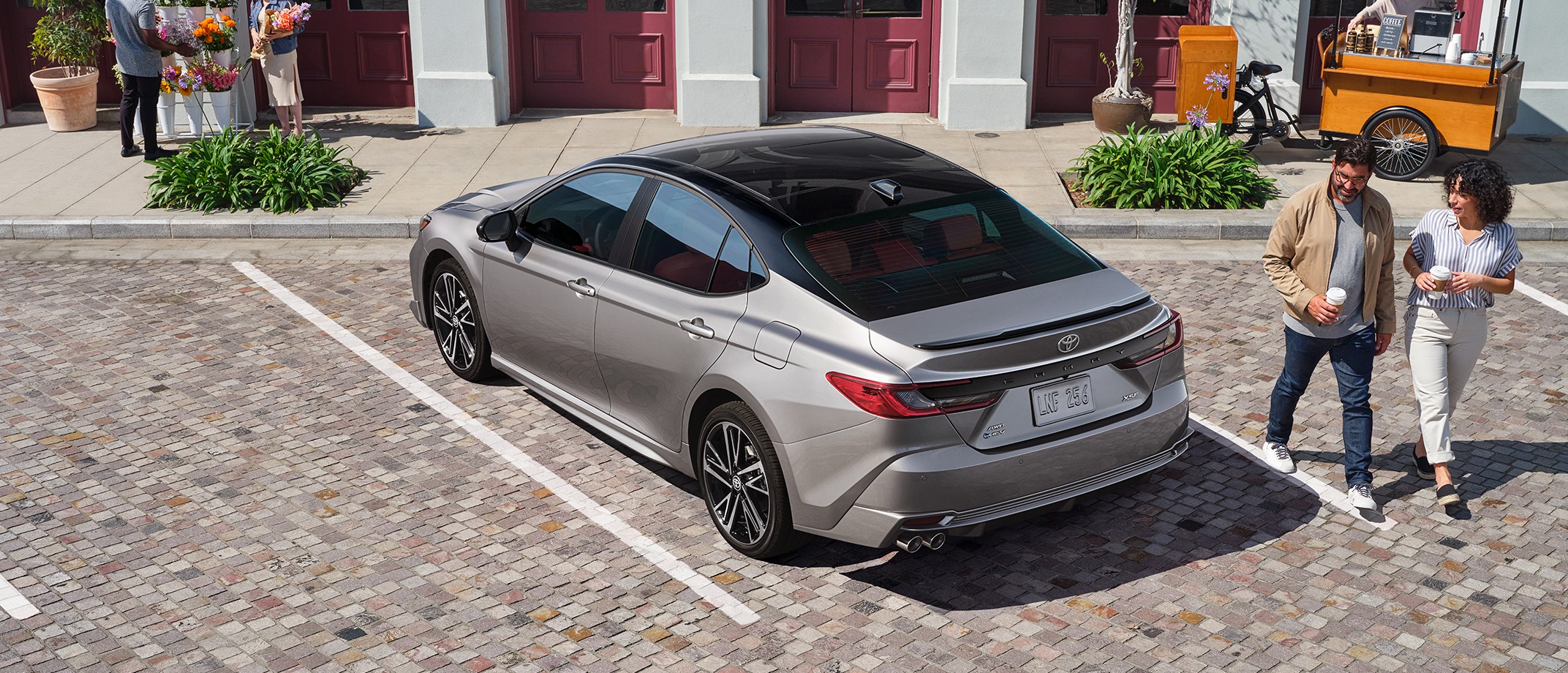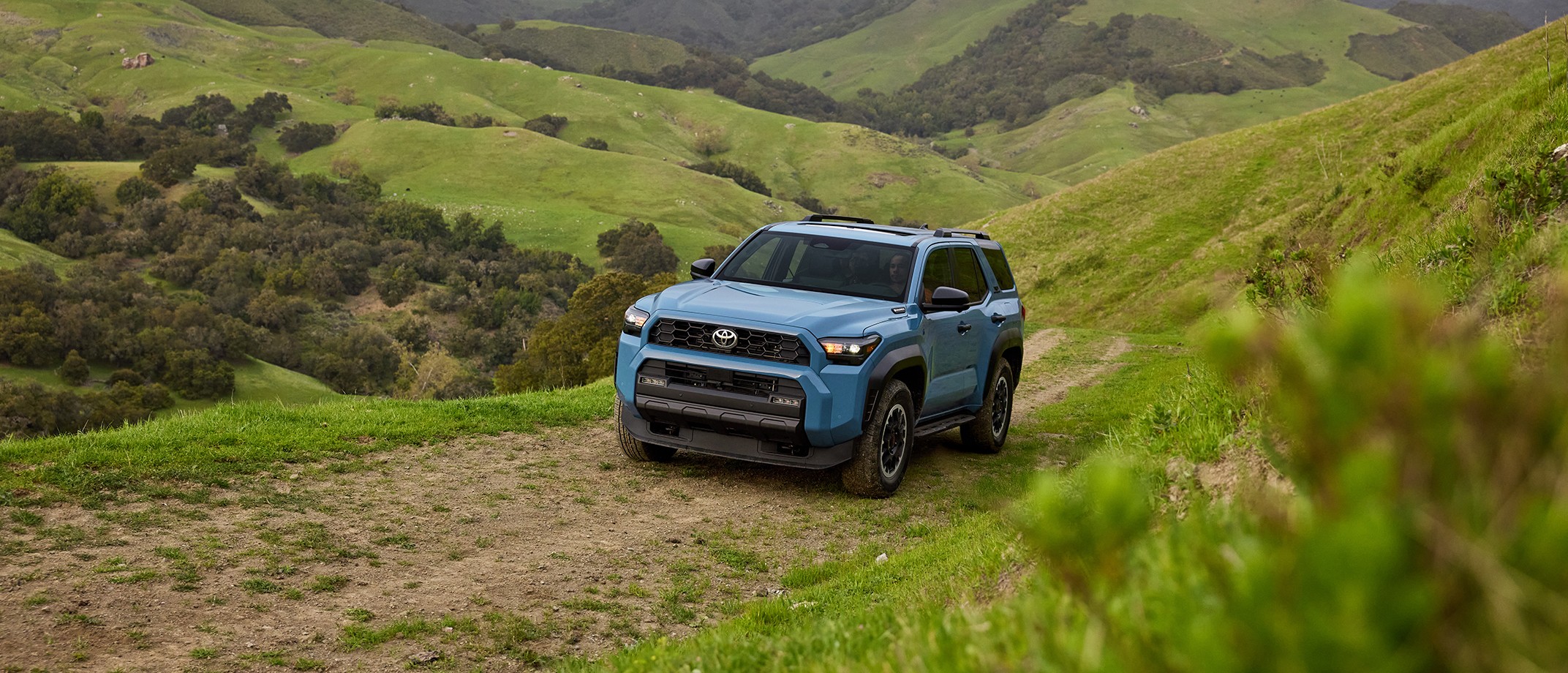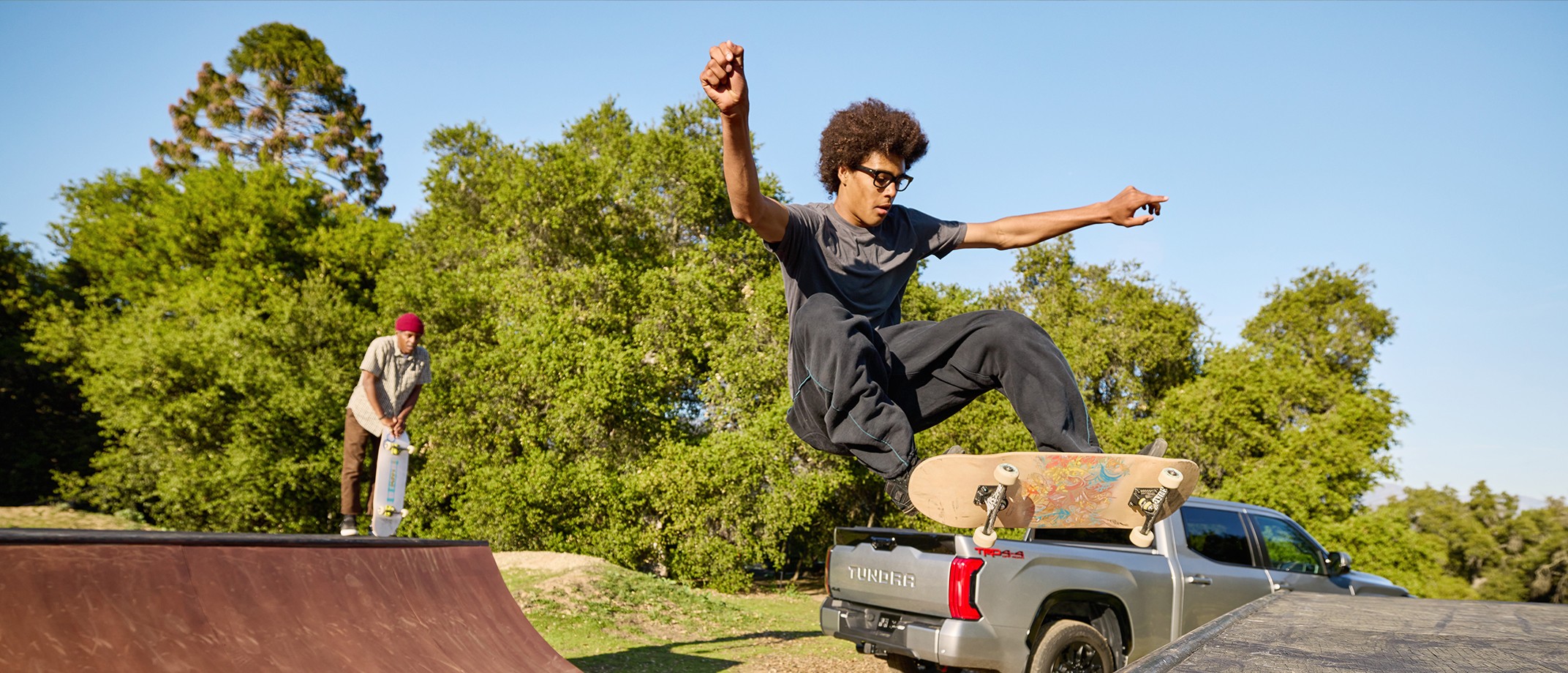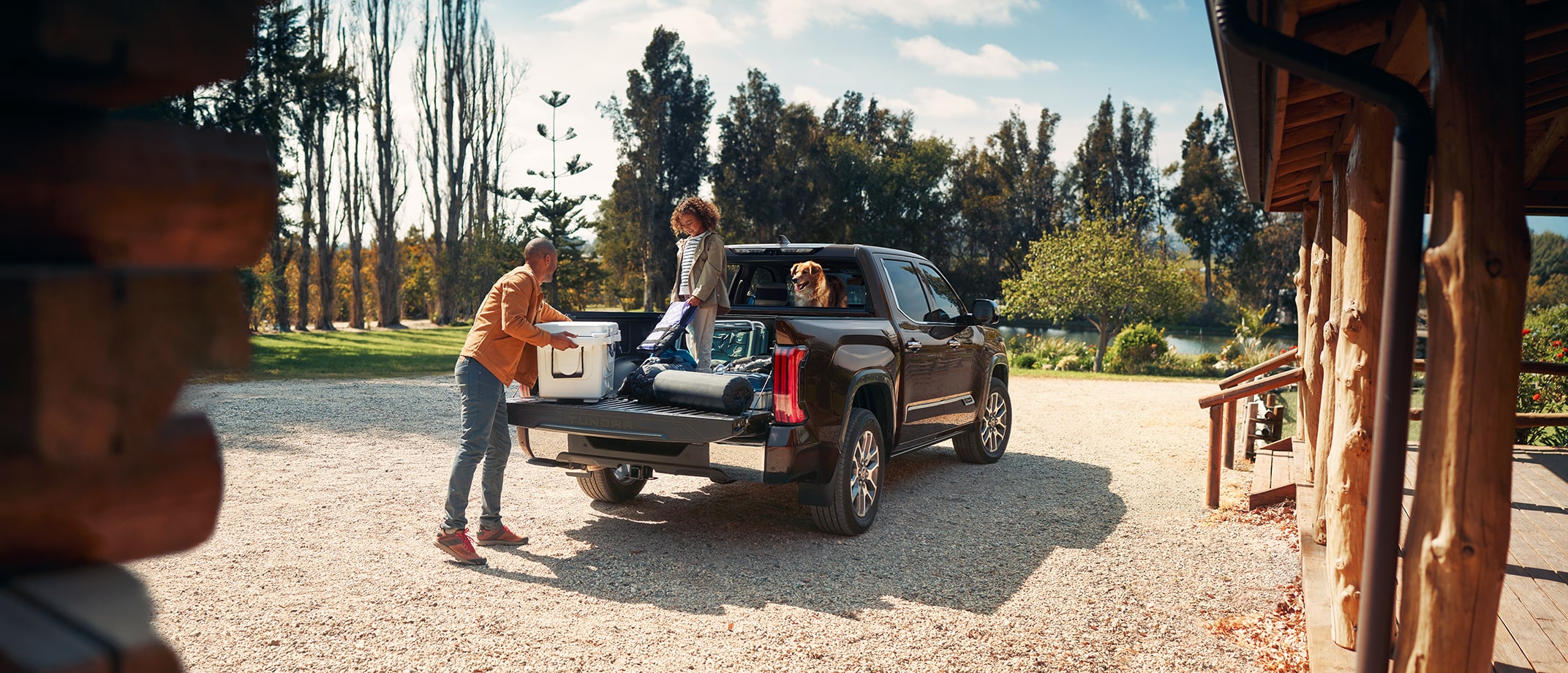

Create an emotional connection with the audience by using familiar narratives and scenes.

Exude authenticity with every image, across vehicles, narratives and talent.
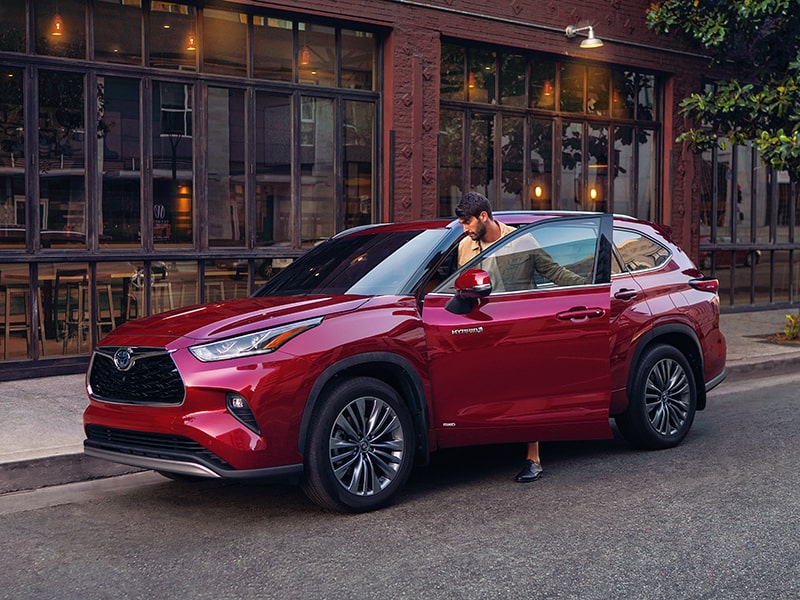
Embrace spontaneity by catching subjects in the moment, so they don’t seem forced or posed.
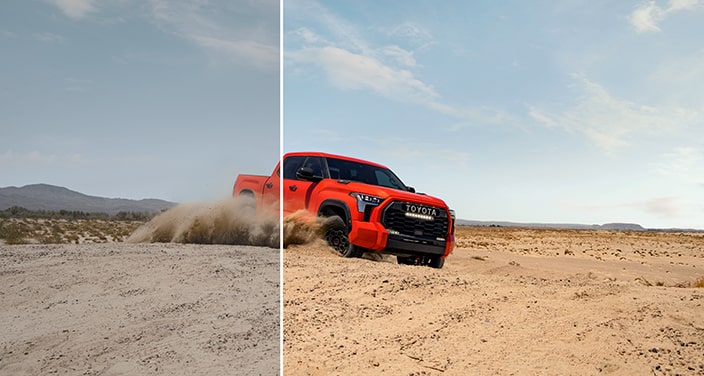

Every story is within reach.
Make images believable by ensuring all scenes are believable and attainable.
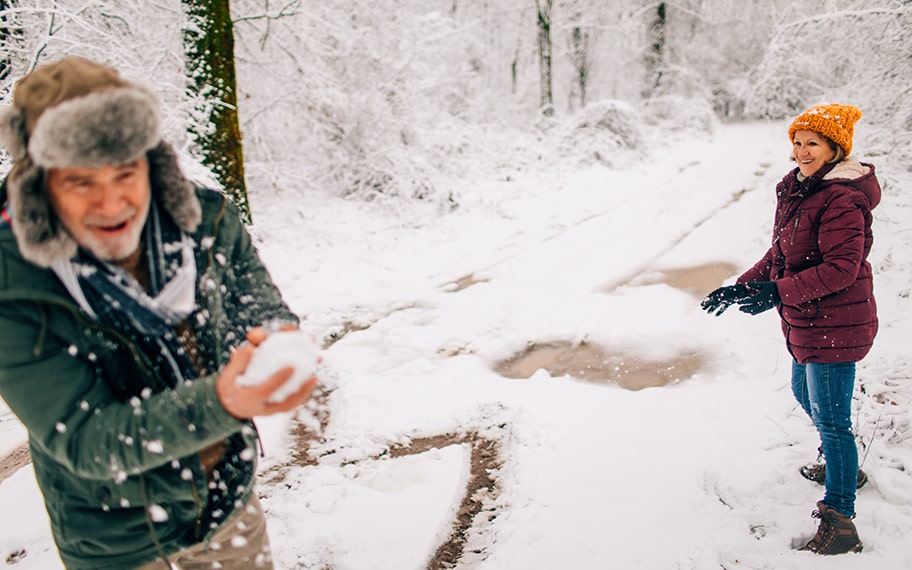
Every moment isn’t perfect.
Include some spontaneous moments where things don’t go as expected for a fun and authentic output.

Every body is invited along.
Deliver on our commitment to inclusivity by representing our diverse audience across our portfolio of images.

Every day has some wonderful.
Embrace the wonderful moments in life, big and small, by featuring relatable and emotionally resonant narratives.

Every detail makes sense.
Choose lifestyle details, talent and locations that work together and make sense for the target audience.
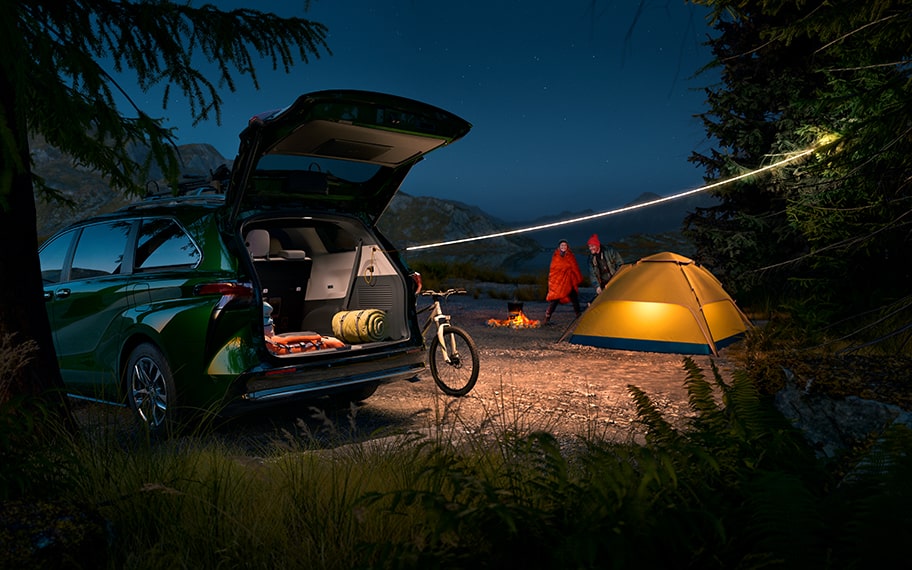
Every vehicle enables the story.
Give every narrative purpose by featuring the vehicle in an integral role in the characters’ lives.

This shot uses a low angle to emphasize the climb across the rugged terrain, showcasing how the Land Cruiser is ready for any adventure.
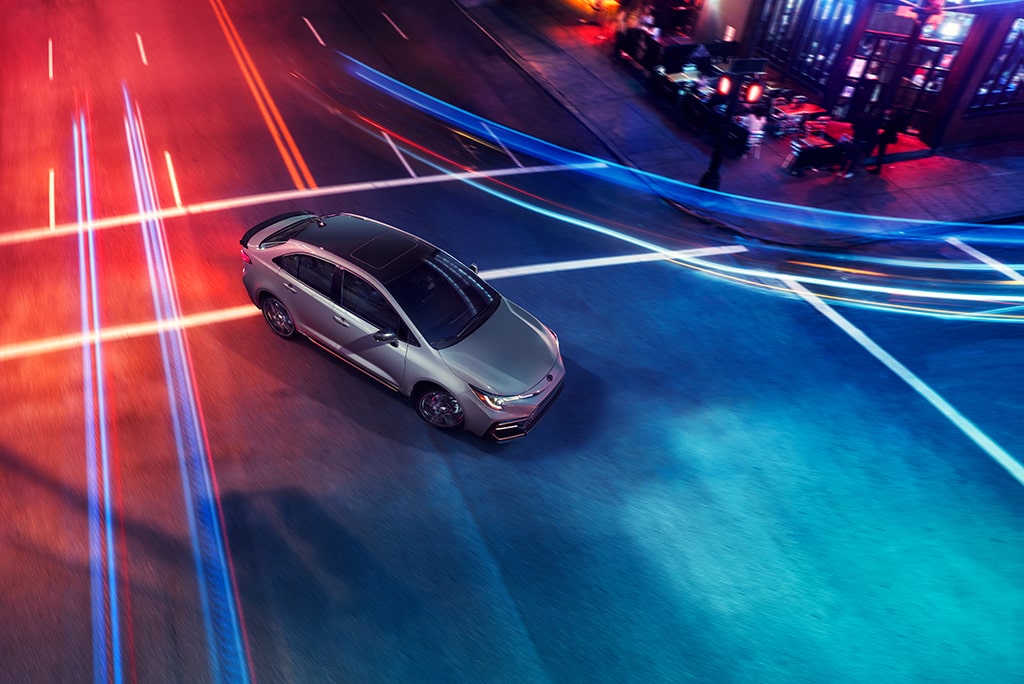
A high angle plays off the dynamic lines in this image to create a stylish, modern feel for Corolla’s fun-to-drive personality.
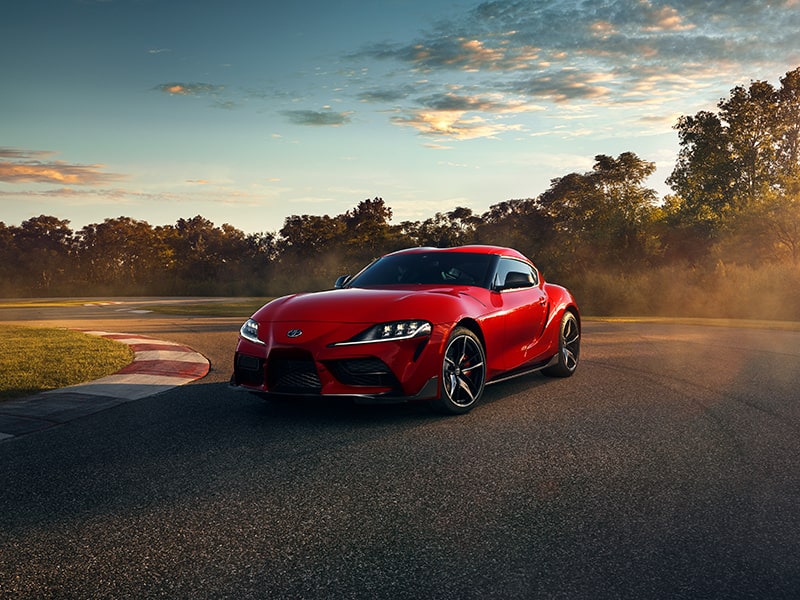
Making the driver’s side a focal point in this image helps capture the thrill of driving Supra.

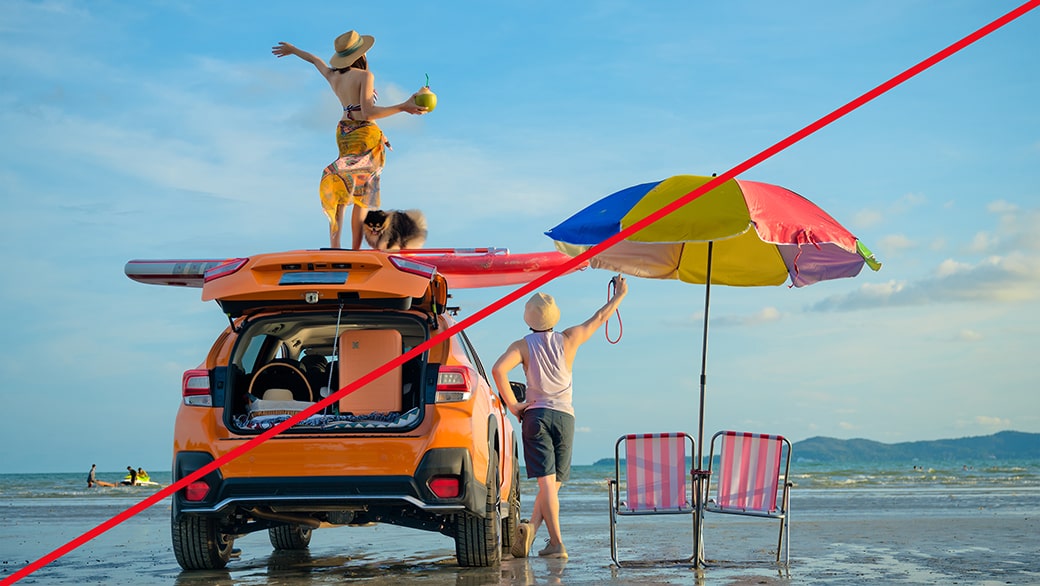


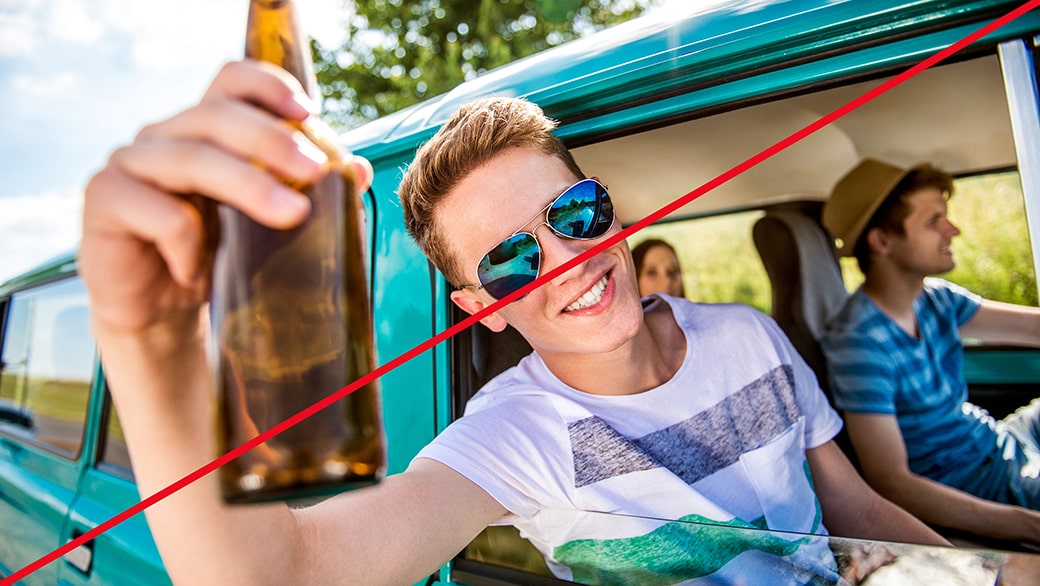

Close-Ups
Close-up shots show details and create visual tension.
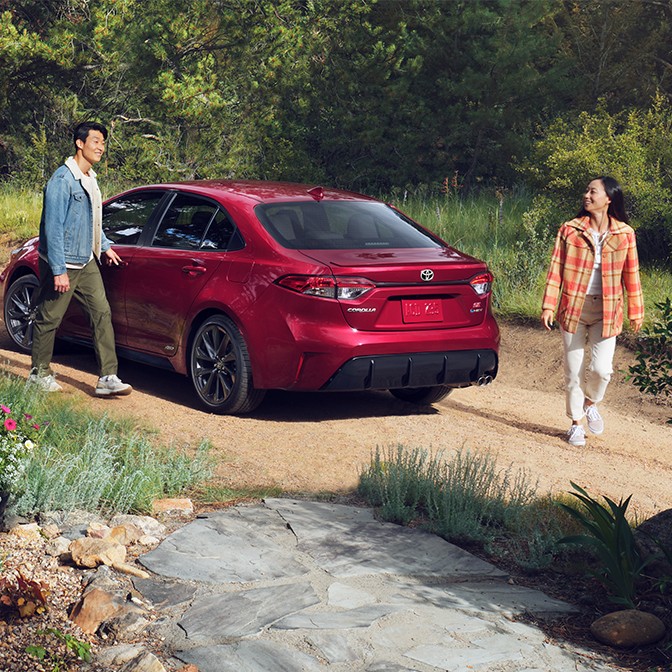
Mid-Range
Mid-range shots demonstrate what it’s like to engage with the product.
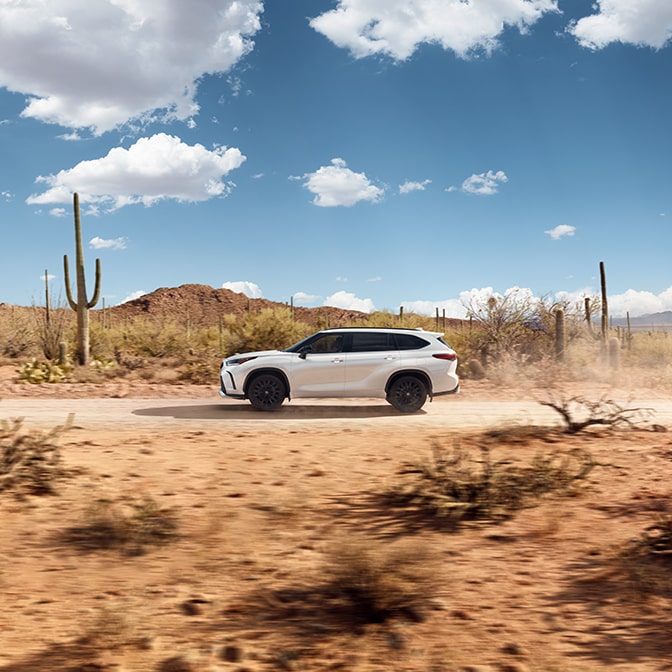
Wides
Wide-angle shots evoke a sense of place and the spirit of discovery.

Tight Shots
Use sharp focus to capture product details and avoid peripheral features falling out of focus.
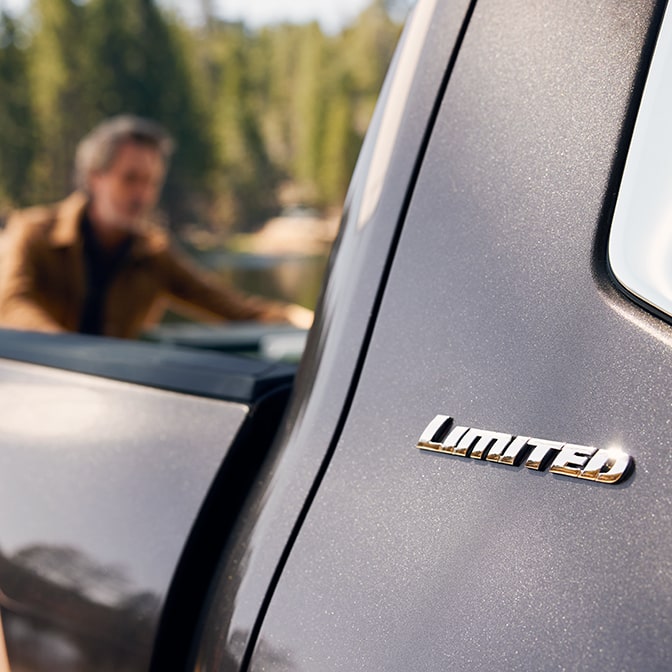
Depth of Field
Depth of field should appear natural and be used with intention to create a focal point.
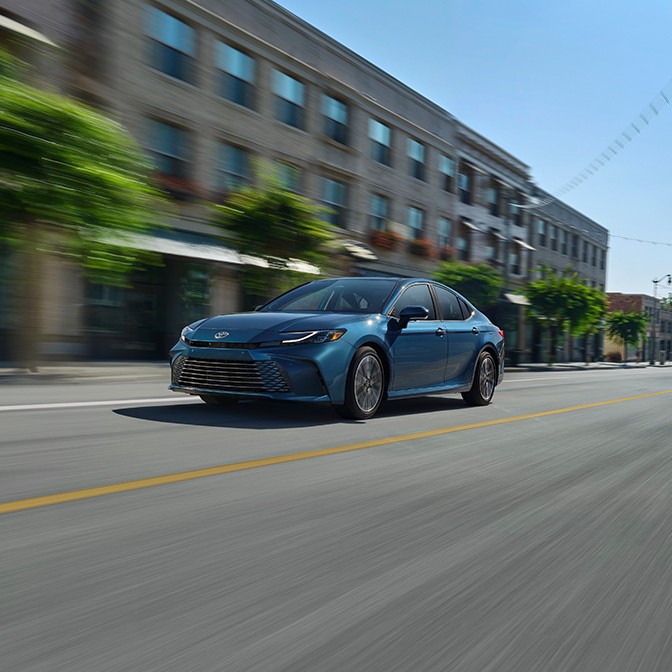
Motion Blur
Blur should be used with purpose and restraint to convey a sense of motion.

Natural Lighting
Lighting should appear to accentuate the scene naturally—outdoors or in the studio.

White Balance
Images should appear naturally white-balanced and not stylized.

Shadows
Shadows should appear natural and not overly harsh or dramatic.

